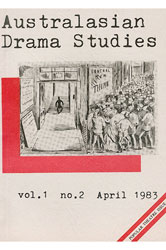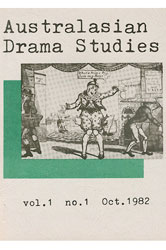Australasian Drama Studies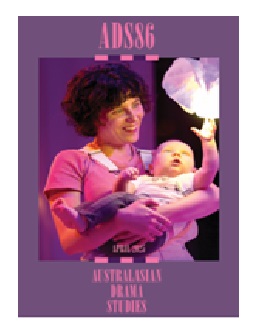
Issue 86| April 2025
2. Contents
3. Editorial
4. Reframing ‘Theatrical Hazards’: Risk and Ambition in Theatre for Early Years
The practice of creatingI and professionally presenting performance works for and with very young children, and their adults, is known as Theatre for Early Years (TEY). Noting that TEY is still considered emergent in Australia because of the extremely small field of Australia-based practitioners, this article builds out of two recent Australian works devised by artist-scholars Sarah Austin and Sally Chance, linking their scholarship and practice in an exploration of what might constitute risk and ambition in TEY, with artistic implications for the dramaturgical frameworks of the works.
Keywords
Theatre for Early Years, young children, participatory theatre, co-creation, participatory dramaturgy
The Negro Ensemble Company (NEC) explicitly aimed to improve the lives of African Americans, both culturally and materially, by producing work about Black experiences, for Black audiences, and by Black theatre practitioners. However, in apparent contradiction to these aims, the NEC’s co-founder and Artistic Director, Douglas Turner Ward, programmed Ray Lawler’s Summer of the Seventeenth Doll in its inaugural season in 1968. In a move that would surprise Australian readers, Ward relocated the play from Melbourne to New Orleans and cast it entirely with Black actors. What had been seen as a quintessentially (white) Australian play now spoke about Black lives and Black experiences. It was a politically contentious choice, and Ward and the NEC faced criticism over the lack of African American playwrights in their first season.
Keywords
Seventeenth Doll, Negro Ensemble Company
6. Pain, Anger and Hope in Prima Facie: Politicising the Contemporary Subject Through Affective Depictions of Rape on Stage
Suzie Miller’s Prima Facie has arguably been the most successful contemporary Australian play of the last decade. Its trajectory since its inaugural 2019 Griffin Theatre Company production in Sydney has been unprecedented: performed in at least fifteen countries, adapted into a novel, and a feature length film underway. Framed through Sara Ahmed’s cultural feminist theory on affective modes of feeling, Prima Facie acts as a powerful impetus for politicising sexual violence on stage. The play’s success hinges on its ability to tap into the power of affective feelings, like anger, pain and hope, intertwined with the embodied experience of sexual violence, as a potential method for politicising the contemporary subject into collectivised action. Consequently, Prima Facie enacts a seemingly impossible twofold task: positioning the complex emotions of sexual violence to political and social efficacy, and, in turn, potentially mobilising audiences to collectively be at the helm of demanding this change.
Keywords
Rape, emotion, affect, embodiment, feminism
7. Liveness in the Work of Ranters Theatre
While the work of Ranters has undergone a clear evolution since our inception as a company in 1994, our practice and methodology have always been grounded in a consistent exploration of liveness in terms of theory, and its practical application. The work of Ranters is designed to highlight what is essential and unrepeatable, a manifesting of the real, in the live exchange between audience and performers. For Ranters, the audient and the performer have always been considered active constituents, inseparable from what is defined as theatre. Over time there has been an increased focus
on the everyday and a theoretical exploration of everydayness to make visible the minutiae of actions within the live physical encounter. There has been a progressive shift in the emphasis to greater liveness, more immediacy and unpredictability.
Keywords
Liveness, everyday, postdramatic, dramaturgy, Ranters
8. Redefining Performance Relationships: Stretching the Limits of Bodily Co-Presence in the Audiovisual Exhibition Near Sighted
This article interrogates the ways in which we understand performance – as a process, as an outcome, and as a philosophical approach. Drawing on the innovative audiovisual exhibition Near Sighted (2023) as a case study, the article examines the ways in which notions of performance can be disrupted and reimagined. The authors employ three primary channels of analysis, drawing on relevant scholarship for each: critical reflection on the creation of work that employs expanded scenography and sonic dramaturgy; analysis of audience role in performance works; and critical engagement with how posthumanism informs performance-making. The article proposes that small shifts in artistic practice can have profound implications for an individual artist and also for the field of performance-making as artists contend with a swiftly changing and unsettled world.
Keywords
Expanded scenography, sonic dramaturgy, posthuman performance-making, participatory performance
9. Cities Under Strain in a Strange Epoch: Writing the Urban Anthropocene in Pomona and The Turquoise Elephant
This article suggests that city space and the Anthropocene can collide innovatively and productively on stage (as they collide outside it) in contemporary theatre. It proposes that writing for performance that embraces the absurdity of the Anthropocene – and that seeks to uncover and interrupt current dominant processes in city space which are driven by late capitalism – is found in Pomona (2014) by Alistair McDowall and The Turquoise Elephant (2016) by Stephen Carleton. These strange and disquieting works satirise late capitalism through heightened form, and use formal innovation to express the urban malaise/ climate anxiety bearing down on the content of the plays. The horror-adjacent, city-focused neoliberal critique of Pomona and the climate change satire of The Turquoise Elephant usefully offer formally connected but tonally disparate examples of this appropriately challenging turn in writing cities and the Anthropocene.
Keywords
Anthropocene, city space, ecological, playwriting
Hélène Cixous’ call for women to write themselves – ‘Woman must write woman’ – has been a guiding principle in my feminist adaptations of classical myths. Inspired by Cixous concept of écriture féminine, a fluid and poetic writing style rooted in the female body, the theatre performance Monstrous Woman (2022) was developed through a methodology grounded in corporeal writing, symbolic imagery, dreamlike fragmentation, emotional excess and polyvocality - embracing its open-ended nature as a feminist practice. This approach acknowledges and critiques traditional structures that have marginalised women in theatre. The labyrinth becomes both a metaphor and a method – an affective, non-linear path requiring emotional awareness, resilience and critical reflection. By rewriting myth, this work aimed to reveal the embedded inequities of the past and reimagine them for contemporary feminist theatre. This work contributes to a global feminist map, offering tools and waypoints for others navigating similar creative and political terrain.
Keywords
Feminist theatre, feminist theory, theatre directing and adaptation, devising, Cixous
11. Connecting Yoga, Playwriting and Romani Culture Through Autoethnography: An Investigation into How Yoga Was Utilised to Create a Dramatic Text for Theatre
This article investigates the relationships among yoga, playwriting and Romani culture in the creation of a dramatic work for theatre. The work’s development was grounded in the author’s experience as a playwright and yoga practitioner of Romani origin. Historically, yoga has adapted to changing societal circumstances and cultural traditions. However, the traditional eightfold path of yoga has not previously been implemented as a developmental structure for playwriting. This autoethnographic, practice-led research project investigates the relationship between yoga and the writing of a play exploring aspects of Romani culture derived from the author’s personal and anecdotal experiences. Yoga principles and practices from the eightfold path were applied to stimulate a state of flow, which fed directly into the playwriting process. Journal writing was concurrently undertaken as a means of reflecting on and guiding the playwriting process and the emerging content. The outcomes suggest the benefits of this approach to dramaturgical development.
Keywords
Yoga, playwriting, autoethnography, flow, Romani
12. Belvoir Beyond the Boys’ Club: Data Feminism and Australian Theatre
At its 2010 season launch, marking long-time Artistic Director Neil Armfield’s final season, Sydney’s Belvoir Street Theatre invited the directors of the season’s productions to take to the stage. Only one woman was present in this group of ten. This moment became a lightning rod for examining women’s career paths to the Australian mainstage at this company and beyond. This article follows performance data to reveal
how Belvoir responded to this outcry. Using improved AusStage records and data visualisations, the authors map women’s representation in positions of creative leadership on the mainstage over time, following Belvoir’s history from 1984 to 2024 as a case study. The AusStage database’s rich holdings also allow us to further contextualise these contemporary trends in the representation of female-identifying and non-binary directors and playwrights on the mainstage within the wider sweep of modern Australian theatre history from the 1950s to the 2010s.
Keywords
Australian theatre, data, feminism, Belvoir, AusStage
13. Disorganised Labour: The Melbourne Workers Theatre and the Cultural Impact of the Prices and Incomes Accord (1983–1996)
This article examines a critical period of transformation in Australian industrial relations. Between 1983 and 1996, trade union membership declined from 60 per cent to 32 per cent, profoundly reshaping the Australian working class. Established in 1987, the Melbourne Workers Theatre produced plays that captured the lived experiences of workers during this transformative era. Close readings of five key plays situate these works within the broader context of neoliberal economic policy and industrial relations. Using an interdisciplinary framework combining theatre and labour history, the article argues that the company’s early plays offer a unique insight into the human impact of trade union decline. By centring the voices of workers, these plays provide a crucial cultural record of this era, challenging abstract economic narratives. This study highlights the value of integrating theatre and labour history to illuminate the lasting legacy of neoliberal policies on Australian working life and the cultural implications of trade union decline.
Keywords
Trade unions; community theatre; Melbourne Workers Theatre; neoliberalism; Art and Working Life
14. A Beautiful Disaster: Bringing the Commons to Convivial Theatrical Emergency Scenario Planning
This article introduces the idea of Disaster Theatre as a form of applied theatre that engages directly with emergency readiness, and response. The production of Disaster at Vogelmorn: The Dress Rehearsal is a case study to draw attention to the generative tension between command-and-control and relational practices within and between emergencies. Enabling convivial commoning, knowledge sharing, and problem solving within a liminal space, may support communities to build capacity. However, there is still a call for a more intentional approach to readiness training and planning between disasters. Finding a balance between structure and improvisation, calmness and ‘intra-festum’ in training approaches could help to realise policy aspirations for emergency management agencies in Aotearoa New Zealand. It could support community-led responses and strengthen community resilience – goals sometimes put into the ‘too hard’ basket – and also offer a new seam of creative opportunity to applied theatre practitioners.
Keywords
Applied theatre, emergency planning, spatial commoning, intra-festum, Disaster Theatre
15. Reviews
16. Contributors
Table of Contents
- Issue 86 (Full Issue PDF)
- Contents
- Editorial
- Reframing ‘Theatrical Hazards’: Risk and Ambition in Theatre for Early Years
- ‘Nobody Who Saw the Play Would Ever Think That It Was Set in Australia Originally’: The Negro Ensemble Company’s Production of Summer of the Seventeenth Doll
- Pain, Anger and Hope in Prima Facie: Politicising the Contemporary Subject Through Affective Depictions of Rape on Stage
- Liveness in the Work of Ranters Theatr
- Redefining Performance Relationships: Stretching the Limits of Bodily Co-Presence in the Audiovisual Exhibition Near Sighted
- Cities Under Strain in a Strange Epoch: Writing the Urban Anthropocene in Pomona and The Turquoise Elephant
- Woman Writes Woman: A Way Through the Labyrinth Using Hélène Cixous’ Model of Écriture Féminine to Adapt Classical Texts into New Feminist Theatre Performance
- Connecting Yoga, Playwriting and Romani Culture Through Autoethnography: An Investigation into How Yoga Was Utilised to Create a Dramatic Text for Theatre
- Belvoir Beyond the Boys’ Club: Data Feminism and Australian Theatre
- Disorganised Labour: The Melbourne Workers Theatre and the Cultural Impact of the Prices and Incomes Accord (1983–1996)
- A Beautiful Disaster: Bringing the Commons to Convivial Theatrical Emergency Scenario Planning
- Reviews
- Contributors

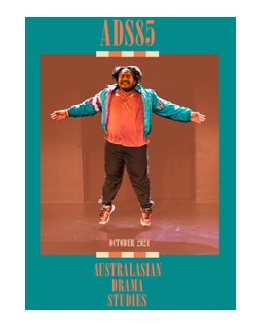 Australasian Drama Studies
Australasian Drama Studies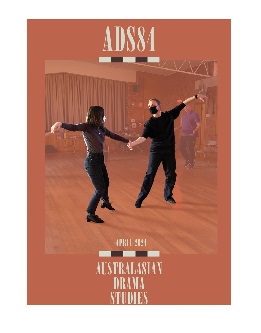
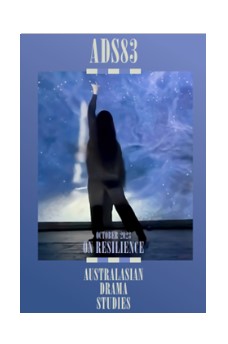
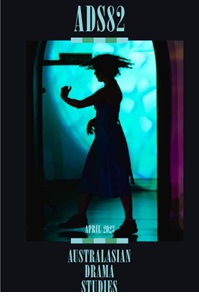
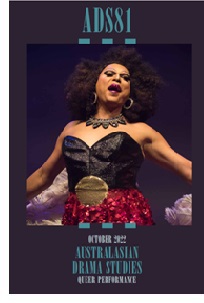
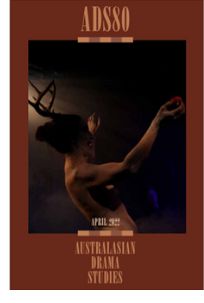

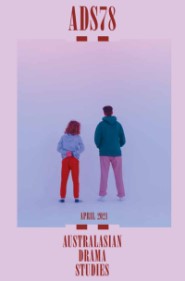

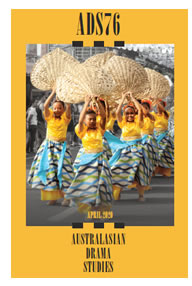
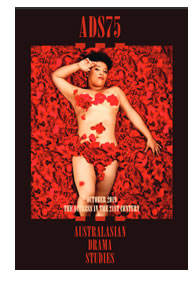 Australasian Drama Studies
Australasian Drama Studies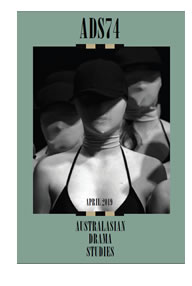 Australasian Drama Studies
Australasian Drama Studies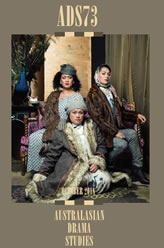 Australasian Drama Studies
Australasian Drama Studies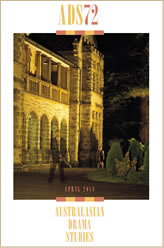 Australasian Drama Studies
Australasian Drama Studies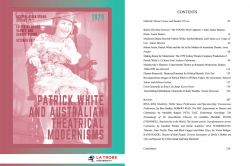 October 2017
October 2017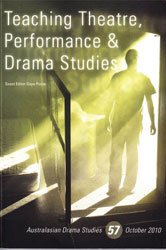 Australasian Drama Studies
Australasian Drama Studies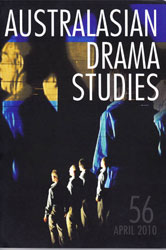 Australasian Drama Studies
Australasian Drama Studies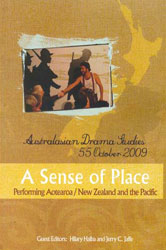 Australasian Drama Studies
Australasian Drama Studies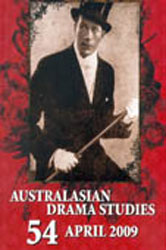 Australasian Drama Studies
Australasian Drama Studies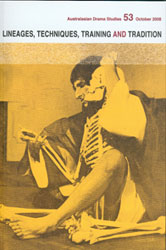 Australasian Drama Studies
Australasian Drama Studies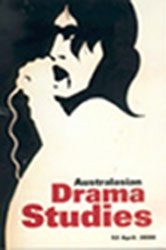 Australasian Drama Studies
Australasian Drama Studies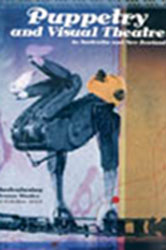 Australasian Drama Studies
Australasian Drama Studies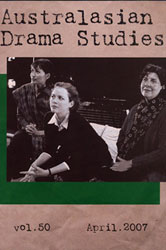 Australasian Drama Studies
Australasian Drama Studies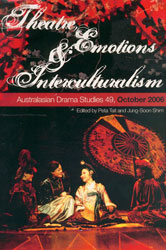 Australasian Drama Studies
Australasian Drama Studies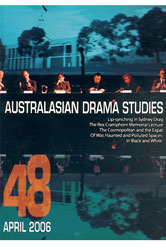 Australasian Drama Studies
Australasian Drama Studies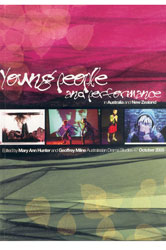 Australasian Drama Studies
Australasian Drama Studies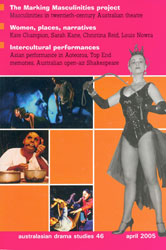 Australasian Drama Studies
Australasian Drama Studies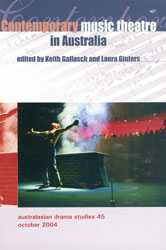 Australasian Drama Studies
Australasian Drama Studies Australasian Drama Studies
Australasian Drama Studies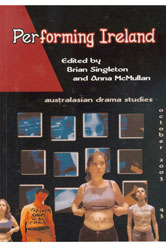 Australasian Drama Studies
Australasian Drama Studies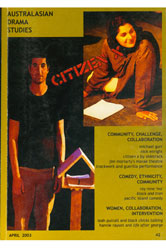 Australasian Drama Studies
Australasian Drama Studies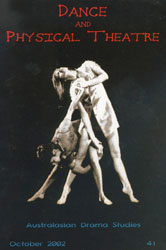 Australasian Drama Studies
Australasian Drama Studies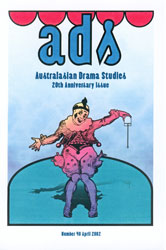 Australasian Drama Studies
Australasian Drama Studies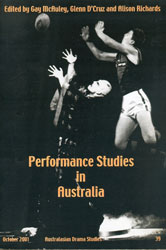 Australasian Drama Studies
Australasian Drama Studies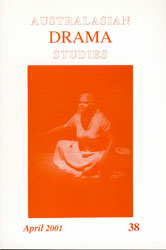 Australasian Drama Studies
Australasian Drama Studies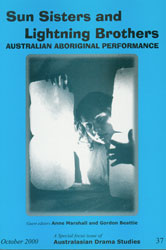 Australasian Drama Studies
Australasian Drama Studies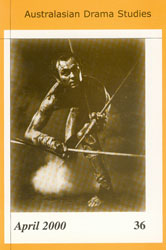 Australasian Drama Studies
Australasian Drama Studies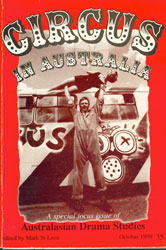 Australasian Drama Studies
Australasian Drama Studies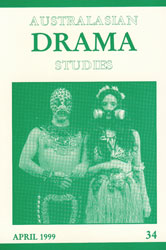 Australasian Drama Studies
Australasian Drama Studies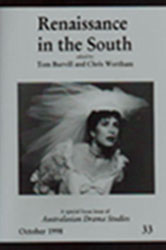 Australasian Drama Studies
Australasian Drama Studies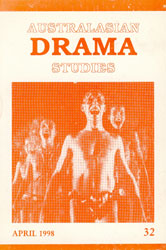 Australasian Drama Studies
Australasian Drama Studies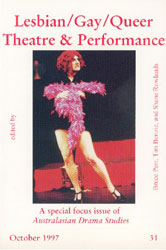 Australasian Drama Studies
Australasian Drama Studies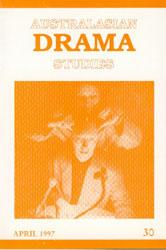 Australasian Drama Studies
Australasian Drama Studies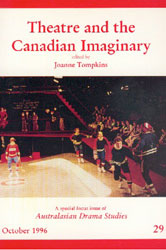 Australasian Drama Studies
Australasian Drama Studies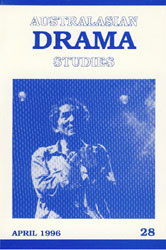 Australasian Drama Studies
Australasian Drama Studies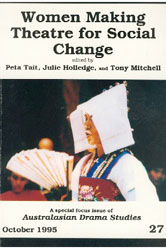 Australasian Drama Studies
Australasian Drama Studies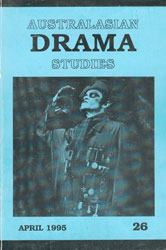 Australasian Drama Studies
Australasian Drama Studies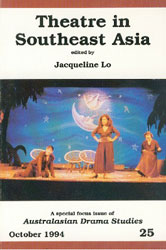 Australasian Drama Studies
Australasian Drama Studies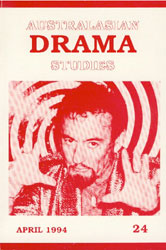 Australasian Drama Studies
Australasian Drama Studies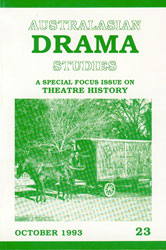 Australasian Drama Studies
Australasian Drama Studies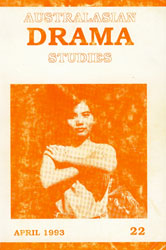 Australasian Drama Studies
Australasian Drama Studies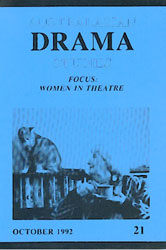 Australasian Drama Studies
Australasian Drama Studies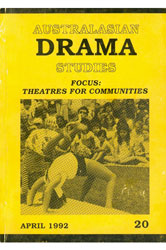 Australasian Drama Studies
Australasian Drama Studies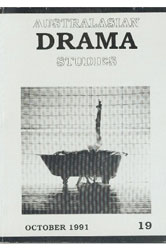 Australasian Drama Studies
Australasian Drama Studies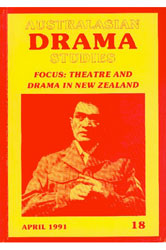 Australasian Drama Studies
Australasian Drama Studies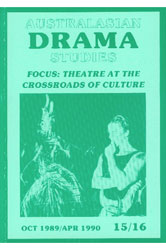 Australasian Drama Studies
Australasian Drama Studies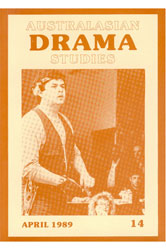 Australasian Drama Studies
Australasian Drama Studies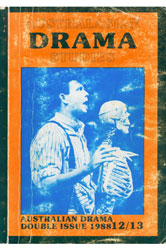
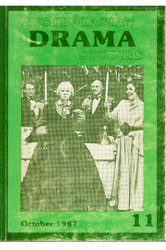 Australasian Drama Studies
Australasian Drama Studies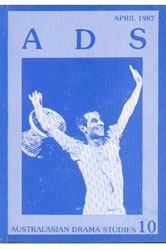 Australasian Drama Studies
Australasian Drama Studies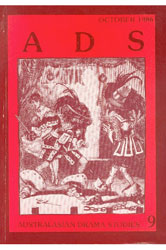 Australasian Drama Studies
Australasian Drama Studies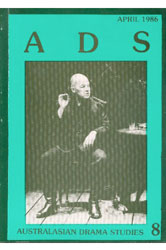 Australasian Drama Studies
Australasian Drama Studies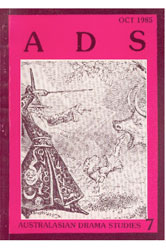 Australasian Drama Studies
Australasian Drama Studies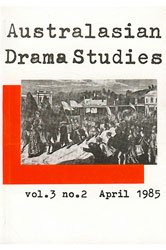 Australasian Drama Studies
Australasian Drama Studies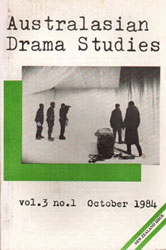 Australasian Drama Studies
Australasian Drama Studies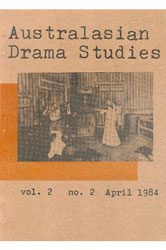 Australasian Drama Studies
Australasian Drama Studies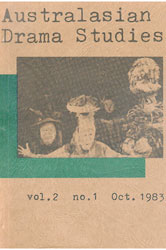 Australasian Drama Studies
Australasian Drama Studies